Razing Projects Claim Old Structures
East Liverpool Review
Feature Pages
East Liverpool, Ohio, Saturday, March 23, 1974
The business buildings and homes which served as the center of commercial and social activities for East Liverpool in the late 19th century are fast disappearing on the so-called path of progress.
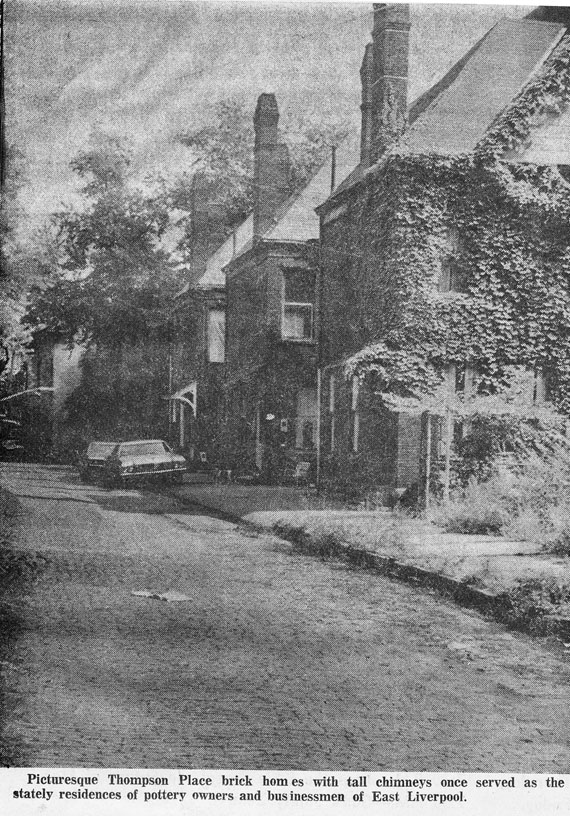
Crews are razing structures for the plan freeway extension in areas of 2nd and 3rd St., and other workers have demolished buildings on the road right-of-way which have not been condemned by city officials.
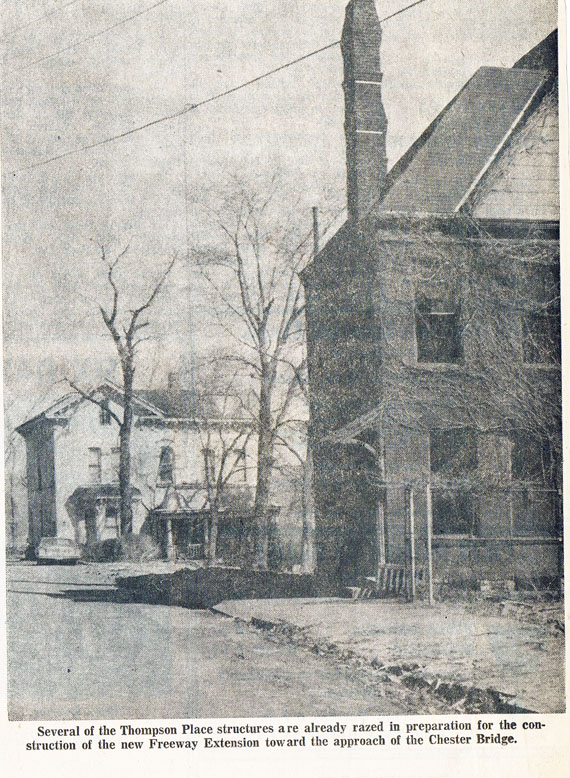
Already gone are the one time lower Walnut St. home of Homer Laughlin, the pottery pioneer; several other quite houses and old Thompson place; and the venerable Manhattan Cafe on 2nd St.
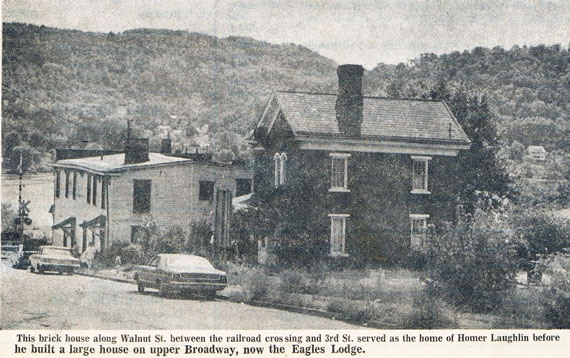
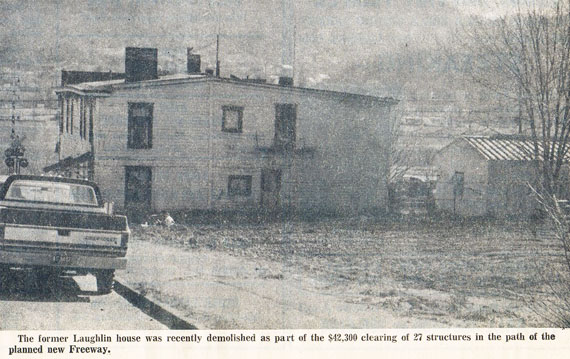
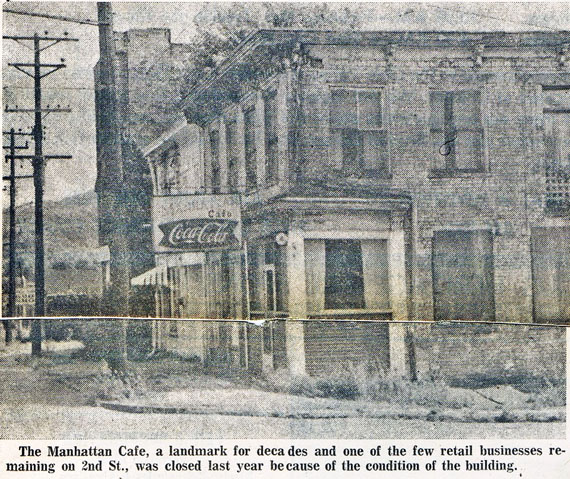
The heritage house motel on 3rd St. is demolished. That long time Broadway landmark the Thompson hotel is to be torn down.
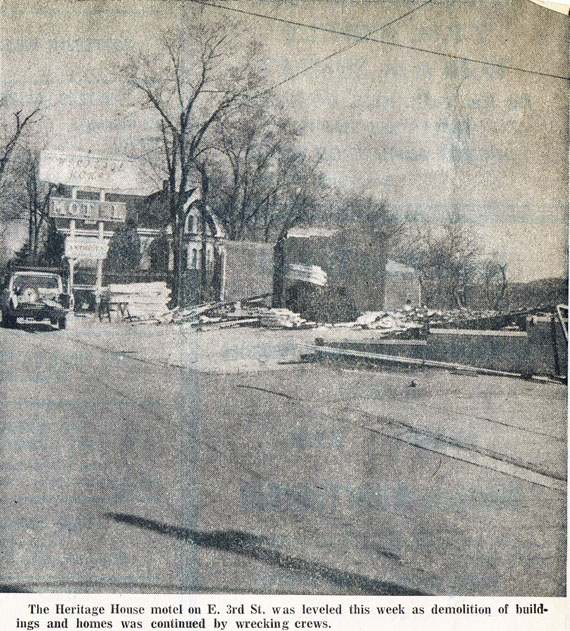
For the project involving the clearing of the right-of-way for the eastward extension of the freeway, the United Excavation Co. of Youngstown last month was awarded a $42,300 contract by the Ohio Department of Transportation. The work is to be completed by February 8, 1975.
A total of 27 structures is included in his phase to the demolition. Among them are the former Patterson-Wetzel Cleaners building. The Gloeckner service station, the former Naples Spaghetti House, the Veterans Plate Glass Co., the former Speedy Car Wash, the Mason Color and Chemical Co. and others.
A few structures were razed under separate contracts with the state, including the former St. John's Evangelical Lutheran Church.
The Thompson hotel is noted for its rococo architecture, unusual terra-cotta decorations and a lobby floor in which the name to the early East Liverpool pottery firms are spelled out in tile.
The hotel in many the other buildings along 2nd and 3rd streets and Broadway represent the vestiges of a Riverfront city which was a bustling pottery center in the 1870's and 1880's.
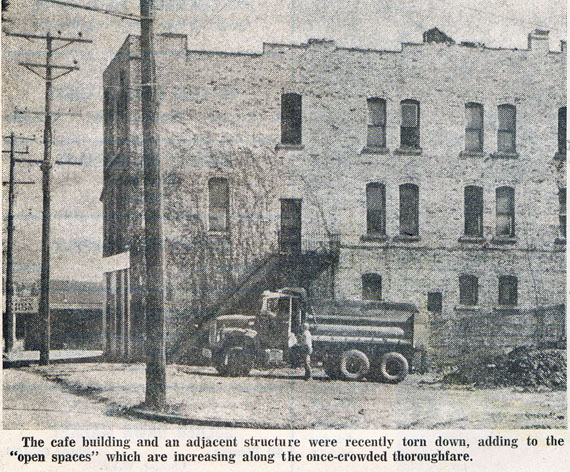
Crumbling bricks and sagging timbers are of an era of gas lamps, steamers loading casks of ware at the Broadway wharf, horses hauling wagons of freight along 2nd St., men and women returning from shops covered with white clay dust, and a genteel upper society strata of mustached men and long gowned ladies in mansions overlooking the Ohio.
Gone now are all the old bottle kilns except the one in the restored Baggott plant on 2nd St. Gone now the steam whistles in the clopping of horses hooves and the call of the vegetable hucksters and boat bells and the hissing of a steam locomotive at the passenger station.
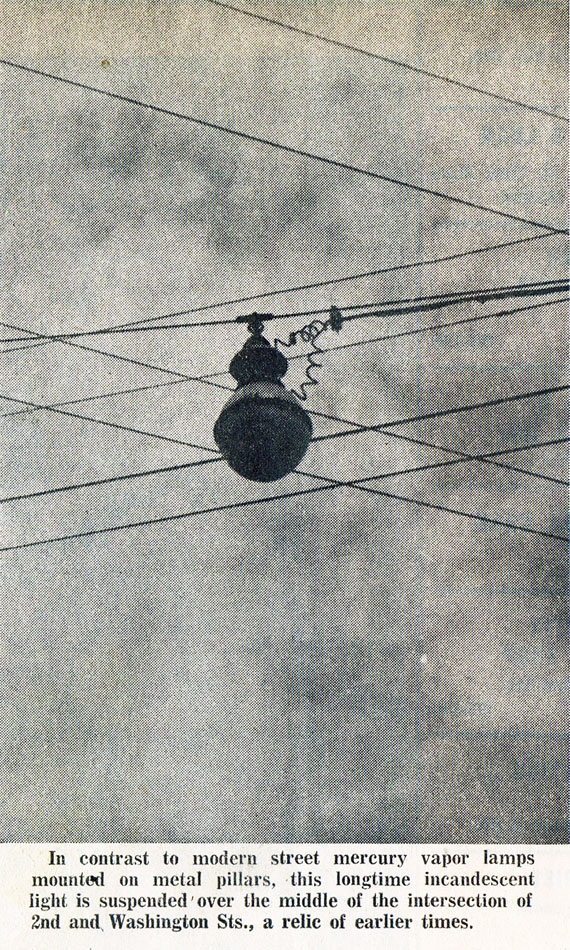
For those who can recalled the scenes of their distant childhood, it is a sad farewell. The silent Hill's, the moving expanse of the River and a declining number of vintage homes and a few other old buildings will soon be all that is left of the yesteryear peak of East Liverpool's history.
This site is the property of the East Liverpool Historical Society.
Regular linking, i.e. providing the URL of the East Liverpool Historical Society web site for viewers to click on and be taken to the East Liverpool Historical Society entry portal or to any specific article on the website is legally permitted.
Hyperlinking, or as it is also called framing, without permission is not permitted.
Legally speaking framing is still in a murky area of the law
though there have been court cases in which framing has been seen as violation of copyright law. Many cases that were taken to court ended up settling out-of-court with the one doing the framing agreeing to cease framing and to just use a regular link to the other site.
The East Liverpool Historical Society pays fees to keep their site online. A person framing the Society site is effectively presenting the entire East Liverpool Historical Society web site as his own site and doing it at no cost to himself, i.e. stealing the site.
The East Liverpool Historical Society reserves the right to charge such an individual a fee for the use of the Society’s material.